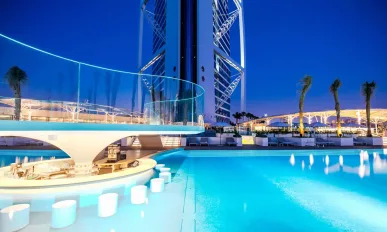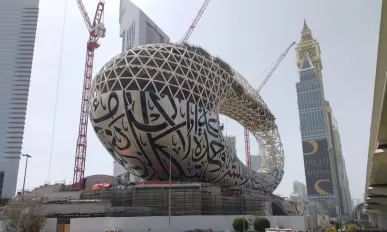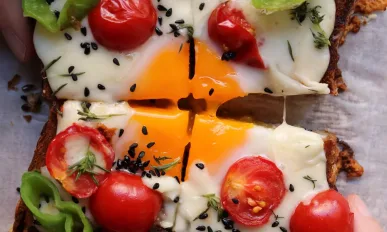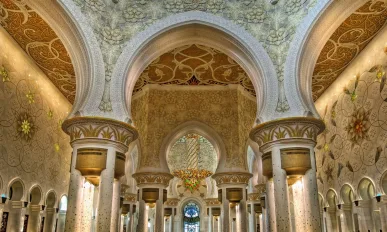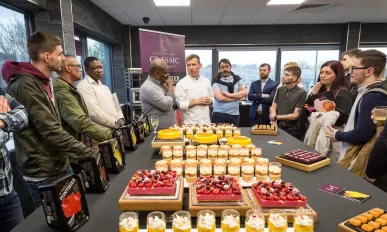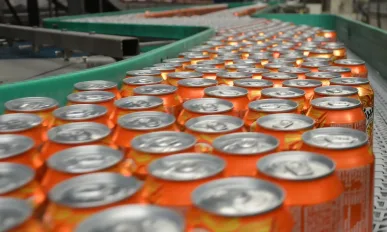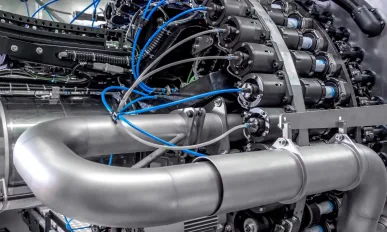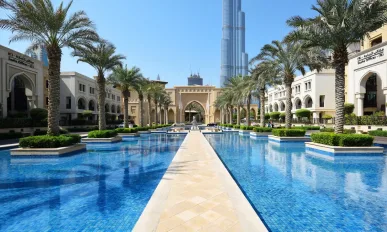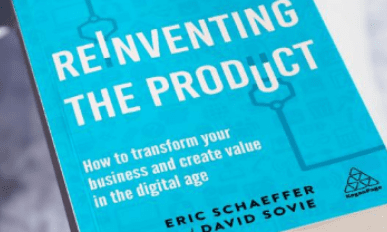Issue 31
Pizza Express UAE : The People’s Business
Having doubled in size in just three years, Pizza Express UAE is reaping the rewards of a family- and respect-based culture which is seeing every employee sharing its success story.
ADMARES : Challenging the Conventional
A pioneer of cutting-edge construction, ADMARES combines innovative marine, offshore, land and modular techniques to deliver world-renowned projects.
Affan Innovative Structures : Avant-Garde Architecture
A construction company that dares to be different, Affan Innovative Structures has established itself as a figurehead of modernity.
Al Sayer Franchising Company : Pursuing Perfection
A regional flagship for Caribou Coffee and Five Guys, Al Sayer is providing the foundations for forward-thinking franchising in the Middle East.
Alyasra Food Company : Championing Change
One of GCC’s foremost foodservice providers, Alyasra Foods is embodying excellent customer experience and optimised operations, owed to extensive digital transformation efforts.
Arabian Construction Company : Unconstrained Creativity
Arabian Construction Company continues to build iconic structures across the Middle East, not least in Dubai where it is on track to deliver a series of landmark projects.
Classic Fine Foods : Food Made Personal
Partnering with artisanal producers all over the world, Classic Fine Foods prides itself on helping food industry operators to connect with their customers and tell their stories.
Dubai Refreshment Company : A Refreshed Approach
Operating in a complex food and beverage market, industry veteran Dubai Refreshment PJSC is responding to challenges and opportunities.
Hydrawell : The Abandonment Accelerator
HydraWell holds the key to fast, effective offshore oil well abandonment and it comes in the form of PWC. Tom Leeson, Chief Commercial Officer, reveals how.
Moravia Cans : The Aluminium Advocate
Championing the use of aluminium packaging, Moravia Cans continues to produce cost-effective, cutting edge aerosol products for clients all over the world.
Sobha Realty : Compelling, Captivating Construction
Capitalising on the ever-exciting market that is Dubai, Sobha Realty is leading the charge with its avant-garde architecture.
The FinTech Alliance : An Exclusive Conversation
The Fintech Alliance is gearing up to become a multifaceted digital engagement platform that will benefit the entire financial and technology ecosystem.
IBM and Wimbledon: From Data Deuce to Analytical Advantage
Be it the development of AI-centric highlights or improvements in technologically driven training techniques, the partnership of IBM and Wimbledon has brought countless benefits for fans, players and the media alike.
Why the Future of Construction is Modular
Wayne Oakes of Dice talks to us about the importance of modular homes when approaching the UK housing crisis and modernising homes.
Think Sustainably : Digital Sustainability Choices for Helsinki
We talk to the City of Helsinki about the launch of Think Sustainably, the world’s first online service that enables making sustainable choices as easy as using an app.
What advice would you give to a young entrepreneur entering your industry?
We gave featured business leaders the final word in answering “What advice would you give to an entrepreneur entering your industry?”
How Tesla Got It Right : A Conversation With Accenture
Eric Schaeffer and David Sovie, Senior Managing Directors at Accenture, talk to a former Tesla employee about a new generation of smart vehicles.




